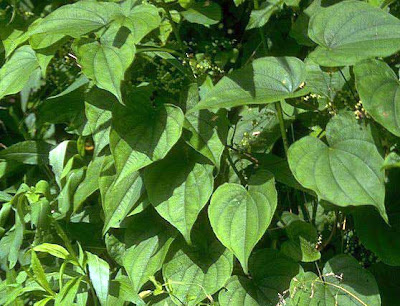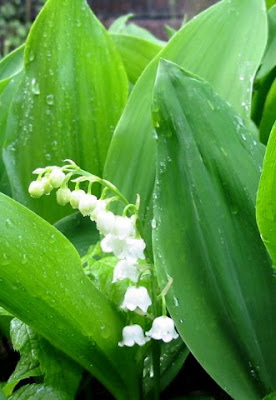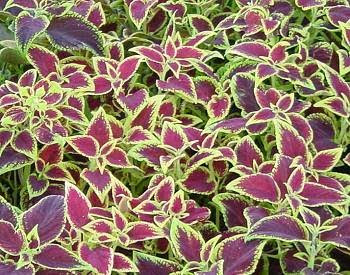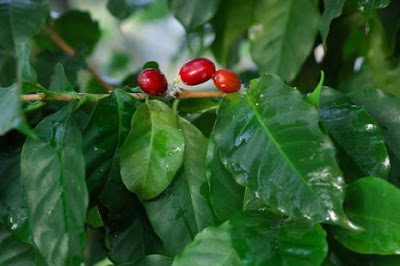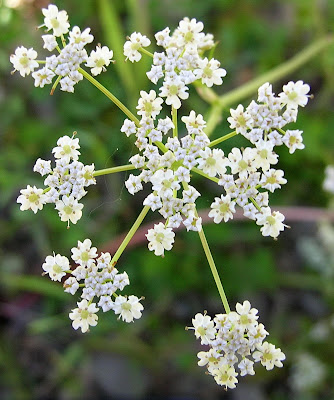24.3.10
Peppermint / Mentha x piperita
A mint hybrid first grown in England in the 17th century, peppermint is known around the world for its cool and flavorful taste. Commonly taken after a meal to aid digestion, the infusion is a useful remedy for flatulence and bloating as well as headaches and migraines linked to digestive weakness.
16.2.10
Meadowsweet / Filipendula ulmaria
Aspirin-like substances were first isolated in the 19th century from meadowsweet. The herb has some of the characteristic properties of aspirin, notably a mild anti-inflammatory activity, but unlike aspirin, meadowsweet is a key remedy for healing acid-related problems such as heartburn and gastric ulcer.
14.2.10
Eucalyptus / Eucalyptus globulus
A key aboriginal remedy of Australia, eucalyptus can be used to treat everything from colds and chest infection to skin conditions and fever.
12.2.10
Eyebright / Euphrasia officinalis
Eyebright may have gained its name from its flowers, thought to resemble the human eye. More probably, experience taught that the herb was good for the eyes, hence the name. Although little researched, it contains constituents known to have a tonic effect on mucous membranes, including those of the eyes.
10.2.10
Californian poppy / Eschscholzia californica
Although a close relative of the opium poppy, Californian poppy is safe and non-addictive, and
makes a gentle and effective sedative for children.
8.2.10
Siberian ginseng / Eleutherococcus senticosus
First brought into prominence in the West by Soviet research, Siberian ginseng has been
routinely given to Russian cosmonauts to aid endurance in space. Similar to Korean ginseng, Siberian ginseng improves the ability to adapt to all kinds of stress, physical and mental.
6.2.10
Clove
Eugenia caryophylatta syn. Syzygium aromaticum Originally from the Spice Islands of Indonesia, cloves hold a revered place in oriental herbal medicine and cuisine. A potent antiseptic, cloves added to food help prevent foodborne infection and food poisoning. The essential oil is an excellent first aid remedy for mouth ulcers, toothache, and nerve pain in general.
4.2.10
Echinacea

Echinacea angustifolia, E. purpurea, E. pallida A plant from the plains of North America, echinacea is thought to powerfully stimulate the body’s ability to resist infection and counter toxicity. Taken mainly as a treatment or preventative for common cold, flu, and viral infections, the herb also helps heal skin disorders such as eczema and acne.
1.2.10
Wild yam / Dioscorea villosa
30.1.10
Globe artichoke / Cynara scolymus
28.1.10
Turmeric / Curcuma longa

A key component of curry mixtures, turmeric’s golden-yellow color is familiar to all who eat Indian food. Turmeric root has traditionally been taken to heal allergic and inflammatory conditions and research has established that it has extensive health benefits, due in particular to its strong antioxidant activity.
26.1.10
Hawthorn / Crataegus spp.
24.1.10
Pumpkin seed / Cucurbita pepo
22.1.10
Crataeva, Varuna / Crataeva nurvala
20.1.10
Lily of the valley / Convallaria majalis
18.1.10
Myrrh / Commiphora molmol
16.1.10
Coleus / Coleus forskohlii
14.1.10
Coffee / Coffea arabica
12.1.10
Caraway / Carum carvi
10.1.10
Gotu kola / Centella asiatica syn.
8.1.10
Papaya, Paw paw / Carica papaya
6.1.10
Chili, Cayenne pepper / Capsicum spp.
Familiar the world over, chili comes from the Americas, and its strongly pungent flavor spices up countless dishes. The constituents responsible for the hot, sometimes fiercely hot, impact of chili when eaten are also those most involved in its many medicinal applications.
4.1.10
Tea / Camellia sinensis
Grown almost exclusively for use as a beverage, tea is perhaps the world’s most undervalued medicinal plant. Numerous studies point to the health-giving properties of the tea leaf, especially unfermented green or white tea. These teas contain high levels of polyphenols, which have potent antioxidant activity.
2.1.10
Ginseng / Panax ginseng
Ginseng has a mystique of its own, its documented use in the Far East extending back to pre-history. Taken over the centuries by kings, emperors, and popes, it has an unrivaled reputation for improving overall vitality and acting as a male tonic.
Subscribe to:
Posts (Atom)
